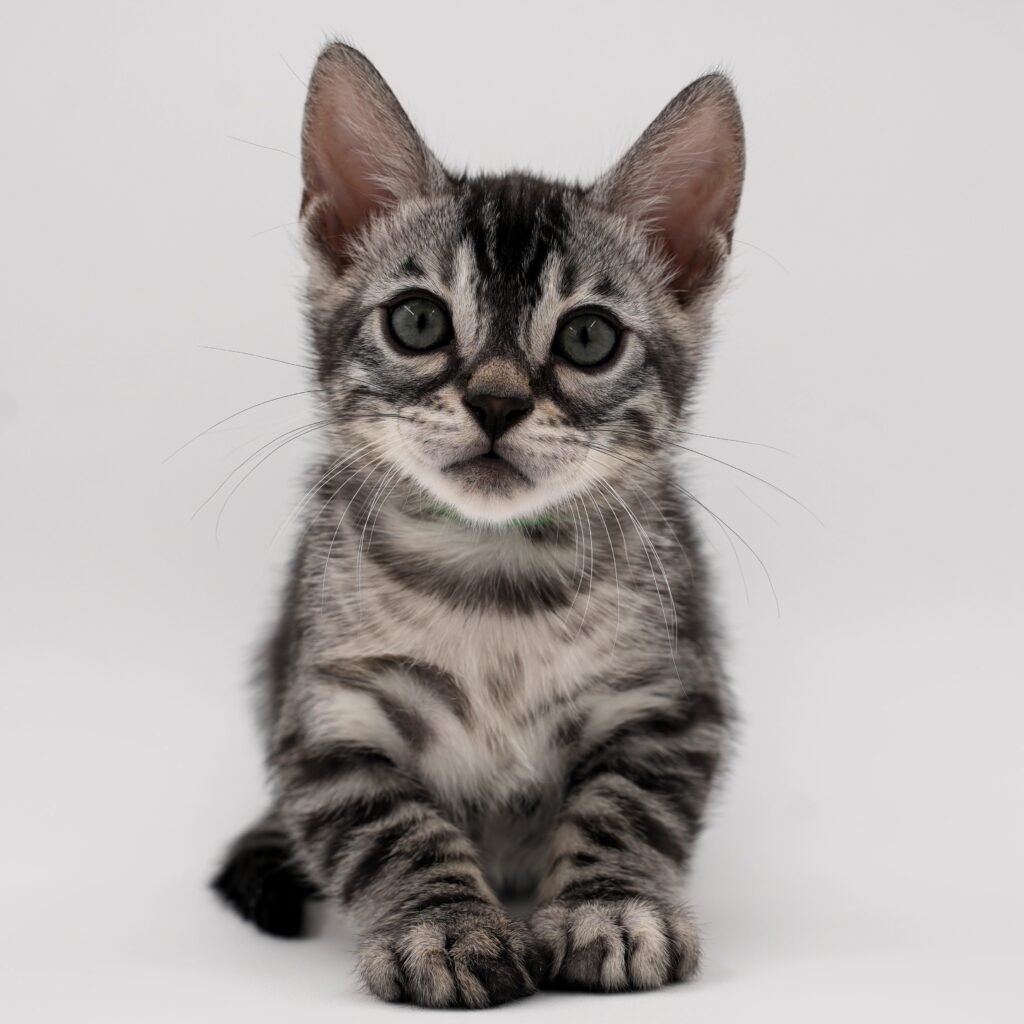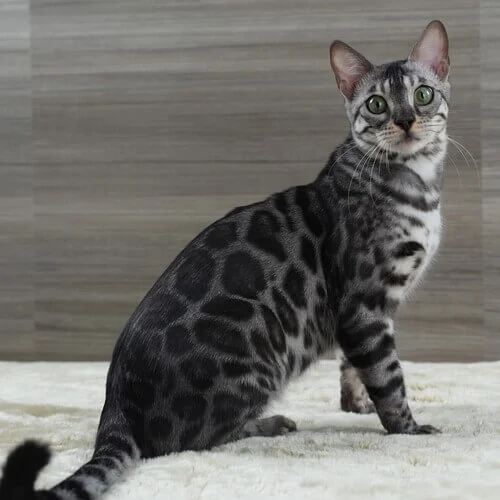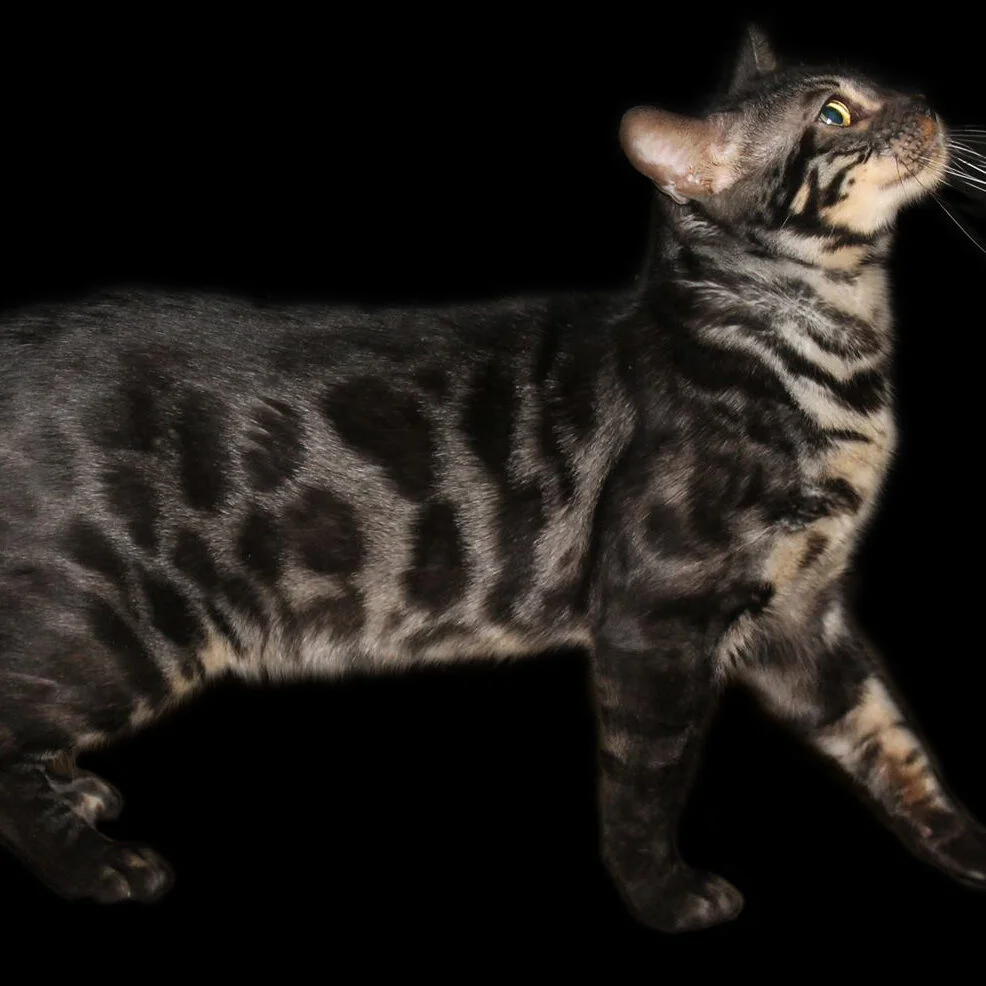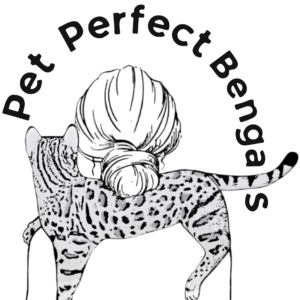
Black Bengals Cat
Charcoal Bengals Cat
- Charcoal brown
- Charcoal Silver
- Charcoal silver Seal Lynx
- Charcoal Seal Sepia
- Charcoal Blue (not recognized by TICA as of 2024)
- Charcoal red (not recognized by TICA or CFA as of 2024)
Melanistic (Black) Bengals Cat
- Melanistic (not recognized by TICA as of 2024)
- smoke (not recognized by TICA as of 2024)
- Solid Seal Lynx (not recognized by TICA as of 2024)
- Solid Seal Sepia (not recognized by TICA as of 2024)
- Melanistic Blue (not recognized by TICA as of 2024)
- Melanistic red (not recognized by TICA or CFA as of 2024)

History of the Charcoal Bengal Cat: Redefining Wild Beauty
History of the Melanistic Bengal Cats: Panther in a Leopards World

Charcoal and Melanistic Bengal Genetics
The “A” locus, also known as the Agouti locus, plays a crucial role in developing various coat patterns in Bengal cats, including two distinctive variations: charcoal and melanistic. This locus controls pigment distribution in individual hair shafts, leading to unique coat appearances. The interplay between different alleles at this locus, including those inherited from the Asian Leopard Cat and domestic cats, results in some of the diverse appearances seen in Bengal cats. Understanding the genetics of the “A” locus is key to comprehending how charcoal and melanistic Bengal cats develop their unique characteristics.
Charcoal Bengal cats owe their unique appearance to the Asian Leopard Cat (ALC) agouti allele, “Apb”. This allele can be present in one or two copies, resulting in different shades of charcoal. Two copies of “Apb” (Apb/Apb) typically produce a lighter “Twilight Charcoal,” while one copy of “Apb” combined with one copy of the domestic cat non-agouti allele “a” (Apb/a) usually results in a darker “Midnight Charcoal” variant.
Melanistic Bengals, on the other hand, inherit two copies of the non-agouti allele “a” (a/a). This double recessive combination results in a solid-colored coat, effectively preventing the normal banding of pigment on individual hairs that creates a tabby pattern. However, the underlying Bengal pattern may still be visible under certain lighting as “ghost markings”.
Both charcoal and melanistic alleles are recessive to the dominant agouti “A” allele found in most Bengal cats. For these traits to appear, a cat must inherit the specific allele combinations from both parents. Understanding these genetic principles allows breeders to predict and produce cats with these special pattern effects.
While our understanding of Bengal cat genetics has grown significantly, it’s important to acknowledge that there may be other modifying genes influencing the exact appearance of charcoal and melanistic Bengals. The complexity of feline genetics means there’s always more to learn about how these alleles interact to create the beautiful and varied appearances we see in Bengal cats.




